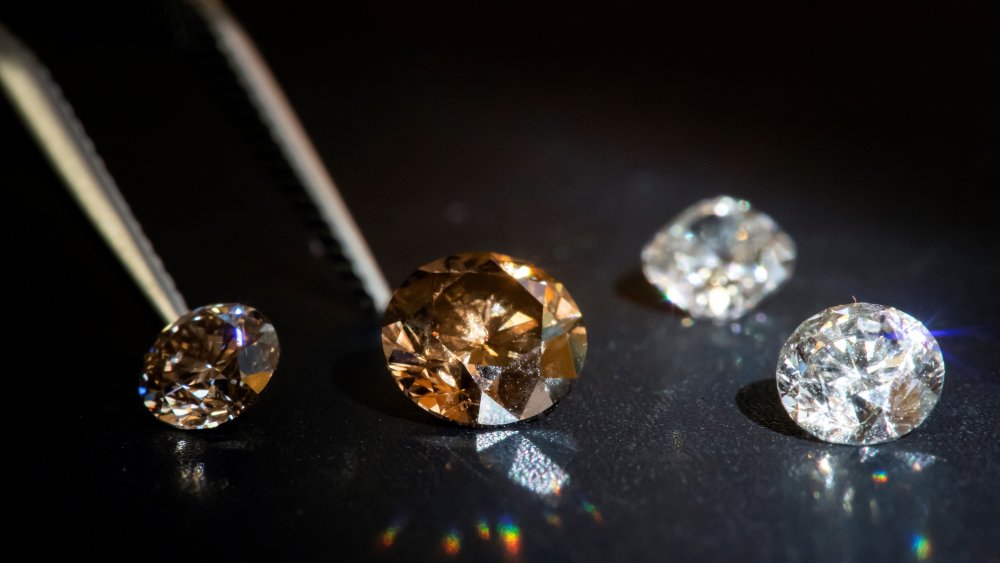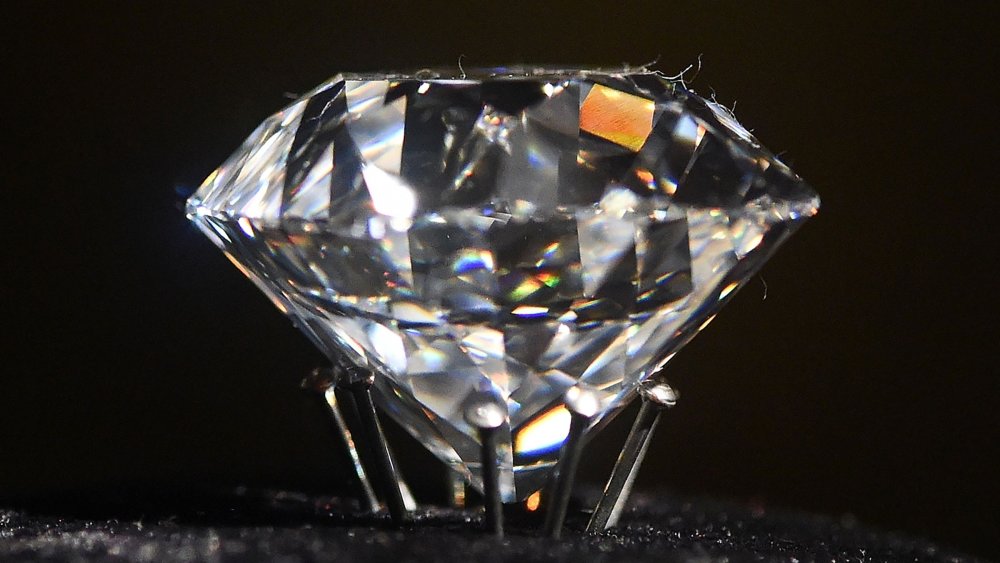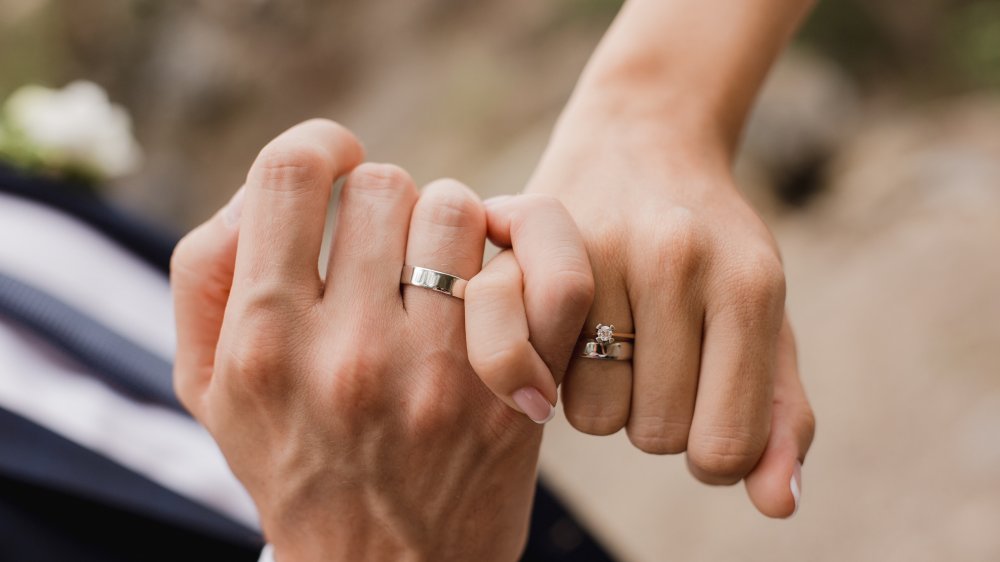The Real Reason Diamonds Are So Expensive
Per the International Gem Society, only in the last century have diamonds been pedestaled as the epitome of luxury. It was color gemstones that served as the most popular gems before the diamond industry's biggest marketing campaign, with ruby and sapphire reigning as the most common gems, especially for engagement rings. In fact, expensive diamonds are still much more common than the red and blue gems.
So why is the average diamond ring, as tracked by Financial Samurai, over $6,000?
According to the Atlantic, you could be seriously overpaying, as retail markup on a diamond could range from anywhere between 100 and 200 percent. However, the tightly-controlled supply and demand chains allow the diamond industry to set incredibly high prices, even as the gemstones themselves aren't nearly worth as much. "Profit margins on the high street are so big that the price you pay is a false price," one longtime jeweler told the Guardian.
Withholding supply
Diamonds were considered to be very rare substance into the 1800s, until miners in South Africa discovered a wealth of diamonds in the area. The De Beers Mining Company, which controlled ninety percent of the production of rough diamonds for much of the twentieth century, knew this was trouble — a large supply of diamonds would make them much less rare, and way more cheap. Using a tactic you could now call the "Supreme method," ala the clothing company, De Beers decided to only release the diamonds in small batches to increase demand.
The actual value of diamonds become apparent when someone tries to resell a diamond back to a jeweler. According to Business Insider, the average customer only gets between twenty and forty percent of the original gemstone's selling price. In fact, the diamond industry is tightly manipulated so retailers can sell a stone for high prices, but will give you less than half of its "retail value" when a customer tries to sell it back.
A never-ending demand
But despite the outrageous selling price of the not-so-rare gemstones, people still buy them. The diamond industry has successfully convinced couples, for a generation, that "a diamond is forever," and just like massive weddings, is a once-in-a-lifetime purchase that you must get right. IDEX Online has called the engagement ring market a "stable business for jewelers," and In fact, even during the global recession from 2007-2009, the size of the average diamond engagement ring declined only slightly, with overall demand staying the same.
"A diamond ring is not an investment in the sense of making a return on your money because you will never get what you put in it back out," said financial planner Christopher Cannon to Cheat Sheet. Another expert, Ed Snyder, told the site, "Retailers mark [diamond rings] up so high, they depreciate as soon as you walk out of the store."


